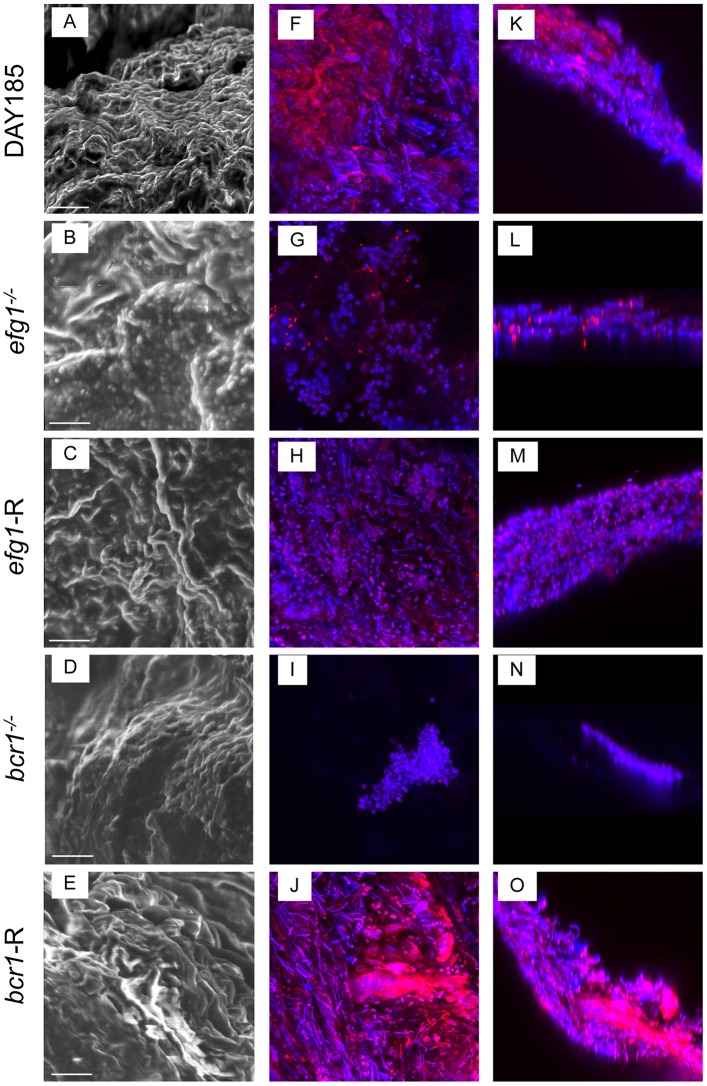Fig 4. The role of C. albicans EFG1 and BCR1 in biofilm formation on palate tissue in vivo.
Equilibrated rats (n = 4/group) were weaned onto gel diet and fitted with dentures. Rats were given broad-spectrum antibiotics in the drinking water for 4 days prior to inoculation. Rats were inoculated 3x at 3-day intervals with 1x109 CFU C. albicans DAY185 (A, F, K), efg1-/- (B, G, L), efg1-reconstituted (C, H, M), bcr1-/- (D, I, N) or bcr1-reconstituted (E, J, O) strain. Palate tissues were excised from inoculated rats at 4 weeks post-inoculation. The tissue samples were then processed for SEM (A-E) or stained with calcofluor white (blue; C. albicans) or Concanavalin A-Texas Red conjugate (red; ECM) and examined by fluorescent confocal microscopy to visualize biofilms in XY (F-J) and XYZ (K-O) views. Each panel shows a representative image of 2–3 animals. Scale bar = 50 μm.

